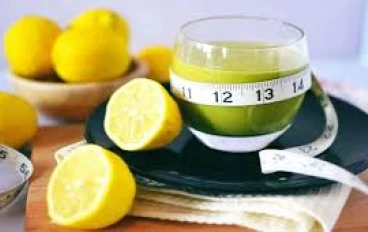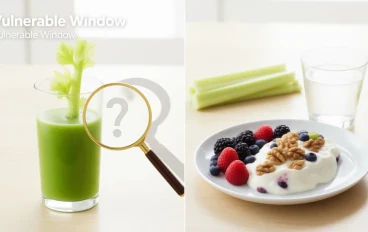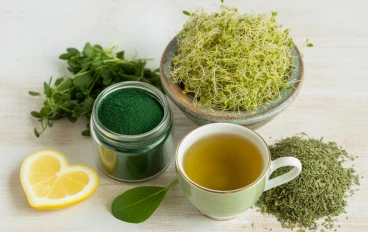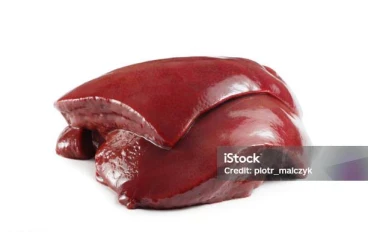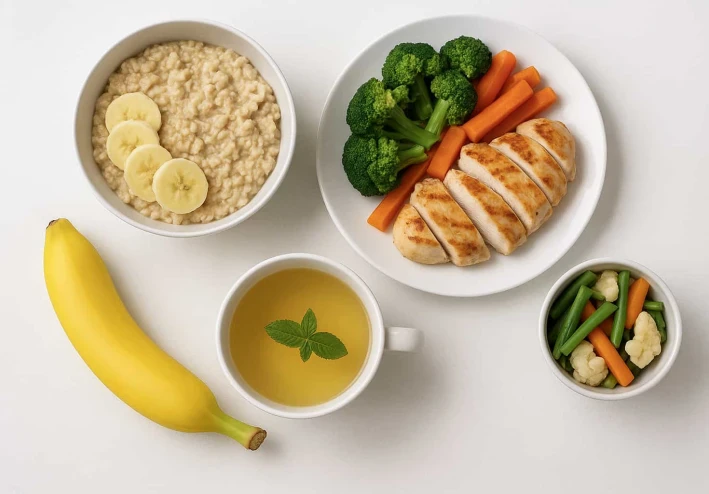
What to Eat While Using GLP-1 Medications: A Safe Nutrition Guide for Reducing Side Effects
Nourishing Your GLP-1 Journey: The Ultimate Food Guide to Ease Side Effects and Boost Results
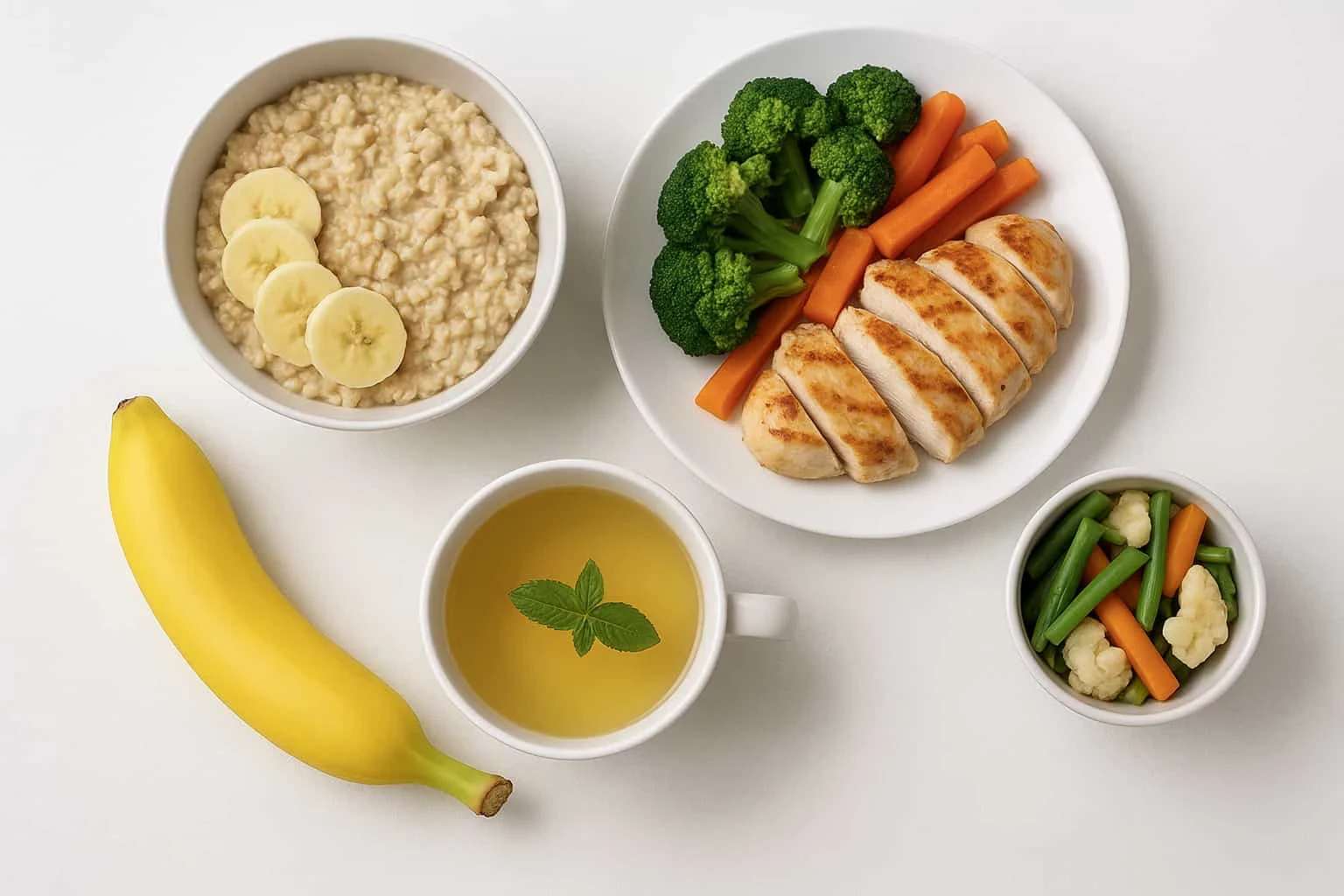
Starting a GLP-1 medication like Ozempic®, Wegovy®, or Mounjaro® can feel like a turning point. You're harnessing a powerful tool to reduce appetite, manage your weight, and improve your metabolic health. But let's be honest: the path can come with bumps. Many users face unpleasant side effects like persistent nausea, a feeling of slowed digestion, and frustrating constipation, especially in the early stages
The secret to smoothing this journey? It’s not just the medication in your syringe—it’s the food on your fork. Strategic nutrition is your greatest ally for comfort and success. This comprehensive guide will walk you through what to eat, what to avoid, and how to build gentle, nutrient-rich meals that work in harmony with your treatment
Why Does Food Matter So Much on GLP-1s
GLP-1 medications work by mimicking a natural gut hormone that slows stomach emptying, tells your brain you're full, and helps regulate blood sugar. This very mechanism, while beneficial for weight loss, is also the reason for common digestive complaints. Eating the wrong foods can overwhelm your slowed digestive system, making side effects worse. The right foods, however, provide essential energy and nutrients without the distress
Your GLP-1 Plate: Building Blocks for Success
Think of your meals as a combination of gentle, easy-to-digest components. The goal is to be kind to your stomach while maximizing nutritional value
Embrace Lean and Plant-Based Proteins
Protein is crucial for preserving muscle mass during weight loss and for promoting satiety. However, heavy, fatty meats can be difficult to digest
Excellent Choices: Baked or grilled chicken- breast, white fish (like cod or tilapia), tofu, scrambled eggs, plain Greek yogurt, lentils, and smooth nut butters
A 2020 study published in The American Journal of Clinical Nutrition found that higher protein intake during weight loss was directly linked to greater fat loss and better preservation of metabolic rate. On a GLP-1, this means protein helps ensure the weight you lose comes primarily from fat stores, not precious muscle
Choose Soluble Fiber and Cooked Vegetables
Fiber is your best friend for managing constipation, but the type of fiber matters immensely. Insoluble fiber (like raw greens and celery) can be rough on a sensitive gut. Start with soluble fiber, which dissolves in water to form a gel-like substance, softening stool and easing its passage
Excellent Choices: Oatmeal, bananas, applesauce (unsweetened), cooked carrots, sweet potatoes, and barley
A systematic review in the Journal of the Academy of Nutrition and Dietetics concluded that soluble fiber is highly effective in increasing stool frequency and improving consistency in individuals with functional constipation. Incorporating it into your GLP-1 diet can directly counteract the constipating effects of the medication
Stay Hydrated with Water and Electrolytes
Dehydration can dramatically worsen nausea and constipation. As your food intake slows, so does the natural hydration from food. Sipping fluids consistently throughout the day is non-negotiable
Excellent Choices: Water, herbal peppermint or ginger tea (excellent for nausea), and water with a pinch of salt and lemon for electrolytes
Avoid: Carbonated beverages, which can cause bloating, and sugary drinks that spike blood sugar
Foods to Limit or Avoid on GLP-1 Medications
Just as some foods help, others can trigger discomfort. Be mindful of
High-Fat and Fried Foods: Greasy burgers, fries, and creamy sauces linger in the stomach for too long, increasing nausea and bloating
Heavily Processed Foods: Foods high in sugar and refined carbs (like white bread, pastries, and candy) can cause rapid blood sugar swings and offer little nutritional value for their calories
Spicy Foods: These can be a major trigger for heartburn and nausea in a sensitive digestive system
Large, Infrequent Meals: The "three large meals a day" model is your enemy. Your new best friend is small, frequent meals
A Sample 7-Day Gentle Meal Plan for GLP-1 Users
Think of this plan as a flexible template for a gentle-on-the-stomach week. The key is to listen to your body's hunger and fullness cues above all else, and don't feel pressured to finish every portion.
Monday: Begin your week with a half-cup of plain Greek yogurt topped with half a banana for a smooth, protein-rich start. For lunch, a gentle smoothie made with spinach, half a cup of berries, and a scoop of protein powder is easy to digest. Dinner can be three ounces of baked salmon with a side of mashed sweet potato. If you need a snack, try apple slices with a tablespoon of almond butter
Tuesday: A warm half-cup of oatmeal made with water provides comforting soluble fiber for breakfast. Lunch could be a creamy, blended lentil soup. For dinner, enjoy three ounces of grilled chicken breast with softly cooked carrots. A small handful of walnuts makes for a simple, satisfying snack
Wednesday: Have scrambled eggs (using one whole egg and one egg white) for a light breakfast. Lunch can be the leftover salmon and sweet potato from Monday. For dinner, a soft tofu stir-fry with zucchini and a small portion of rice is both gentle and nutritious. A small pear is a perfect snack for later
Thursday: Start your day with half a cup of cottage cheese topped with sliced peaches. For lunch, try a chicken salad made with Greek yogurt instead of mayonnaise, served on a few whole-grain crackers. Dinner can be a mild white fish like cod, served with quinoa and steamed asparagus. A rice cake with avocado is a great light snack option
Friday: Prepare a chia seed pudding with almond milk the night before for a ready-to-eat breakfast. Enjoy the leftover tofu stir-fry for lunch. For dinner, try three or four lean turkey meatballs in a light tomato sauce. If you feel peckish, a small container of sugar-free applesauce is a classic, easy choice
Saturday: A protein smoothie makes for a quick and liquid-friendly breakfast. For lunch, prepare a tuna salad with Greek yogurt and serve it in refreshing lettuce cups. At dinner, a three-ounce portion of lean steak with a side of pureed cauliflower is gentle on the stomach. For a snack, enjoy a few cucumber slices with a tablespoon of hummus
Sunday: Wind down your week with another half-cup of oatmeal, this time stirred with a spoonful of peanut butter for extra flavor. Lunch can be the leftover turkey meatballs from Friday. A simple, warming vegetable and barley soup is an ideal Sunday dinner. End your day with a small, easy-to-digest orange for a touch of natural sweetness
Proactive Strategies for Managing Common Side Effects
For Nausea
Sip on ginger tea or chew on crystallized ginger
Eat dry, bland foods like saltine crackers or toast upon waking
A 2020 meta-analysis in BMJ Open found that ginger was significantly more effective than a placebo in reducing nausea and vomiting across various conditions, making it a powerful, natural tool for GLP-1 users
For Constipation
Prioritize the soluble fibers and hydration mentioned above
A daily walk can stimulate natural bowel movements
Consider a magnesium citrate supplement after consulting your doctor
For Slowed Digestion (Fullness)
Eat slowly and chew your food thoroughly
Put your fork down between bites to give your brain time to receive fullness signals
Stop eating at the first sign of satisfaction, not fullness
Your Journey, Powered by Smart Nutrition
Your GLP-1 medication is a powerful catalyst for change. By pairing it with a thoughtful, gentle nutrition strategy, you take control of the process. You can minimize discomfort, maximize your energy, and ensure your body gets the nourishment it needs to thrive. Remember, this is a partnership between science and self-care. Listen to your body, be patient with the adjustment period, and use this food guide as your roadmap to a smoother, more successful journey toward your health goals
































